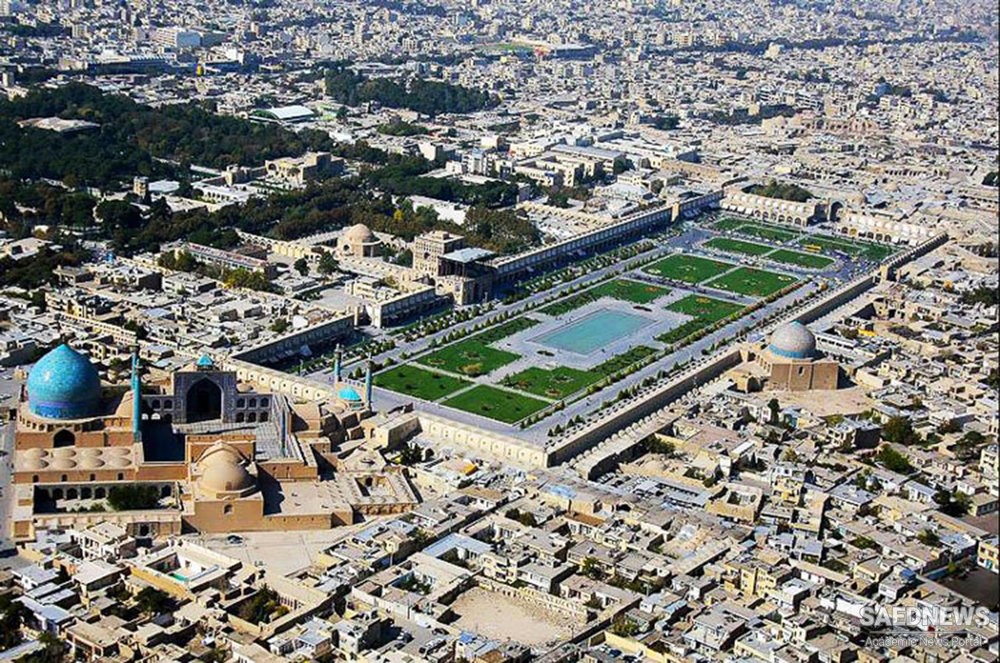Immediately after his return from Tehran, Sultan Husain repaired to his favourite castle of Farahabad on the other side of the Zayandarud and occupied himself with its further development, seemingly oblivious of the reasons for the campaign that he had intended to pursue only shortly before. Only when news arrived that Mahmud was again about to enter Kirman did the government in Isfahan begin to appreciate the seriousness of the situation.
The Ghalzai had indeed arrived outside the city on 22 October 1721, but after suffering heavy casualties during an unsuccessful attack on the citadel Mahmud decided to forgo a renewed attempt, probably because of the risk of further losses, and marched on. A similar situation occurred in Yazd, where after an unsuccessful blockade Mahmud raised the siege in exchange for the payment of a high tribute and continued his march in the direction of Isfahan. Authorities there must by this time have realised that Mahmud was out to clinch matters, if reports are true that en route he was twice interrupted by messengers of the shah who were to offer financial inducements to halt his advance. Mahmud rejected such offers, rightly inferring that Sultan Husain's preparations for defence could not be very strong.
In Sagzi, twenty-five miles east of Isfahan, he received intelligence of a Persian force advancing against him. He then continued his march only as far as the village of Muhammadabad where he divided his troops, positioning them on three hills where they had an uninterrupted view over a plain stretching some 4,000 yards or more to the next village, Gulnabad. The Ghalzai forces were not all that strong: probably 10,000 men, to which must be added the support troops of the Hazaras and Baluchls. Although details of the numerical strength of the two sides vary considerably in the sources, it is in all unlikely that Mahmud had more than 18,000 combatants at his disposal, and allowance must be made for the losses he had so far incurred: the abortive assault on the citadel of Kirman alone had cost him 1,500 men.


 Ghalamkari Print of Isfahan (Calico Work)
Ghalamkari Print of Isfahan (Calico Work)














































